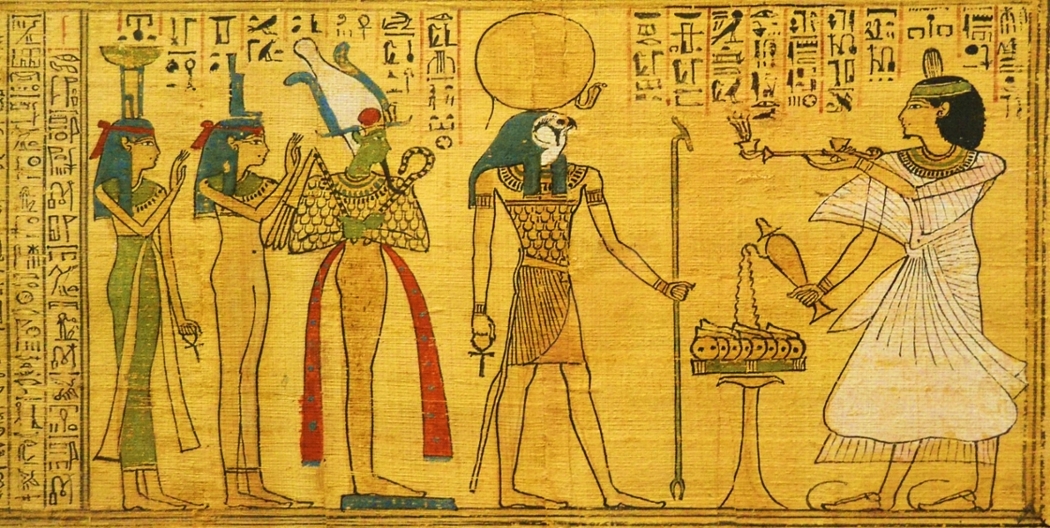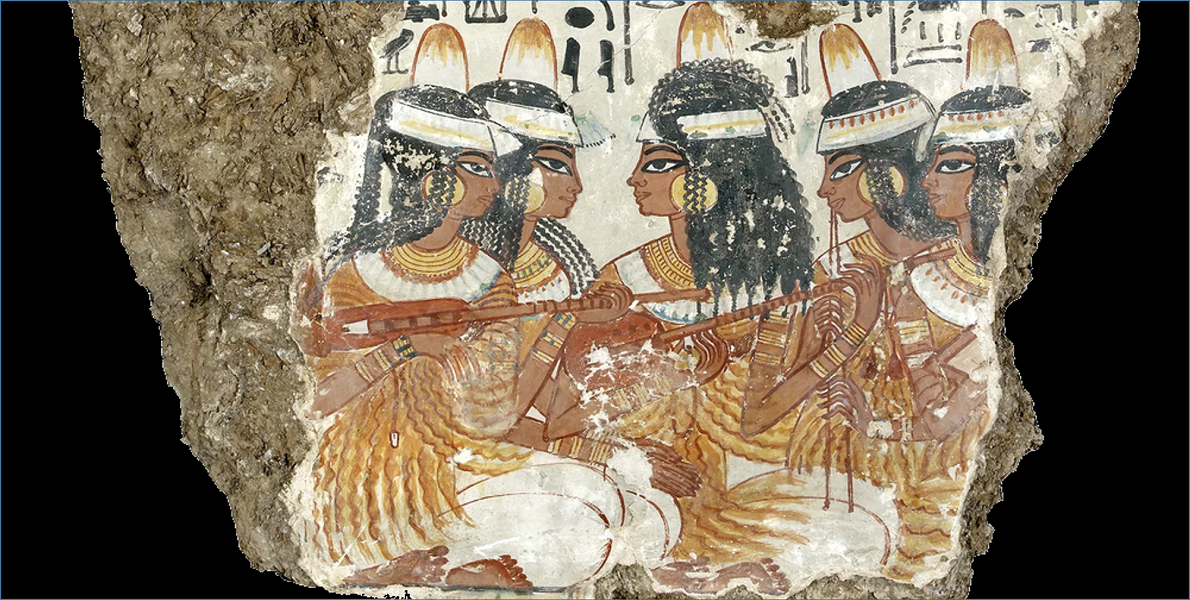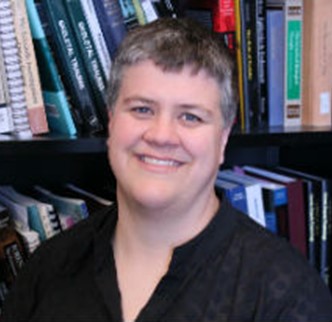Archaeology of Ancient Egypt
Main Content


Introduction to the Archaeology of Ancient Egypt
ANTH 340E/430E
What if I told you no one knew King Tut existed before his tomb was discovered and opened in 1922? Most people are aware of ancient Egypt in a very specific way, their knowledge guided by the fantastic and highly publicized discoveries of the last century of archaeological research:
- Pyramids!
- Mummies!
- Previously unknown tombs!
- Heart disease in the mummy of a lesser princess!
However, the texts written inside temples and tombs of Egypt during the time of the Pharaohs were highly restricted and written by and for specific audiences. Only the elites and royals would have been able to read them. Only royals and elites would have even had a large-scale rock cut tomb to provide texts. Only about 1% of ancient Egyptians were literate. What then of the other 99%, those that would have largely driven the Egyptian economy as the productive manufacturers and farmers?
This course focuses on understanding the broader scope of ancient Egypt beyond the monumental structures left behind by royals and elites to focus on the daily lives and lived experiences of the non-elite (those like you and me!) through analysis of archaeological remains of houses, non-elite burial grounds, and other records. The Pyramids, mummies, and statuary of ancient Egypt focus on what life was like among the highest elite. This course will use the archaeological site of Tell el-Amarna as the primary lens for discussions on the lives of the non-elites that would have comprised the bulk of the population. Amarna represents what remains of a single lens (15-20 year) occupation of an ancient capital city occupied by an estimated 50,000 individuals.
* The instructor for this course, Dr. Dabbs, has been working as a bioarchaeologist (study of ancient human skeletal remains) at Amarna, for more than a decade. Her research work has focused on the human skeletal remains from four non-elite cemeteries.


